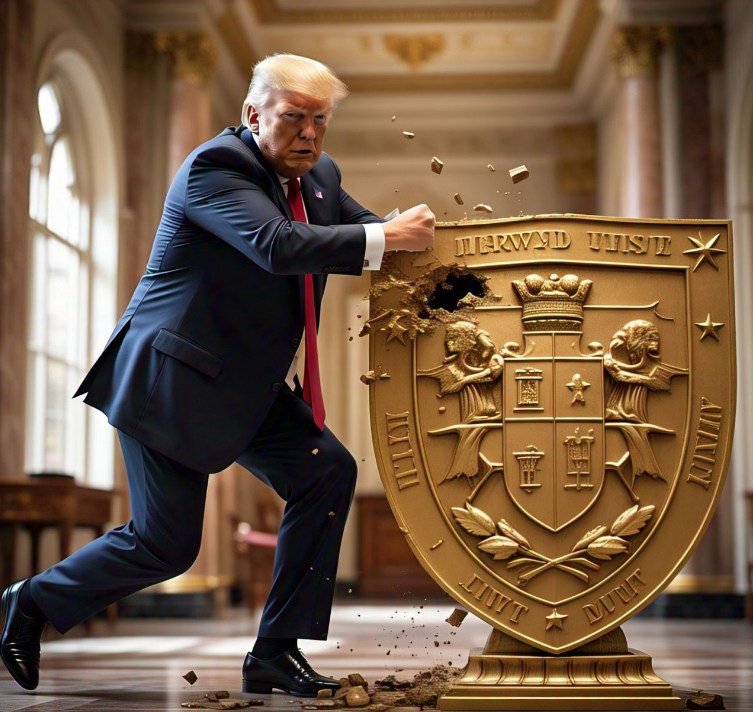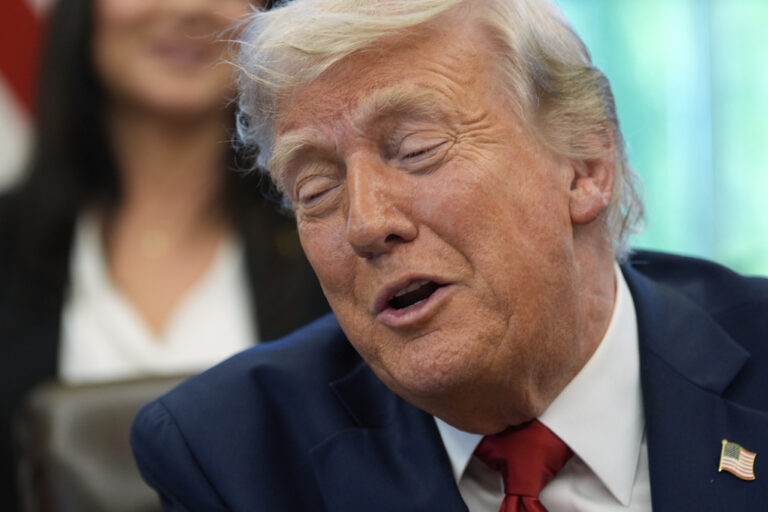Venturing into the world of crypto trading can feel like stepping into a vibrant digital marketplace, buzzing with opportunities. I remember the excitement of my first trade, watching the charts and feeling the thrill of potential gains. Crypto trading isn’t just about buying and selling digital currencies; it’s a journey of strategy, patience, and constant learning.
With the right tips and strategies, anyone can navigate this dynamic market confidently. Over the years, I’ve discovered that understanding market trends and honing analytical skills are key to making informed decisions. Crypto trading offers a unique blend of risk and reward, and with a solid plan, you can maximise your potential for success.
In this ultimate guide, I’ll share insights and strategies that have helped me and countless others thrive in the crypto world. Whether you’re a seasoned trader or a curious beginner, there’s always something new to learn in this ever-evolving landscape.
Key Takeaways
-
Understanding the basics of cryptocurrency and blockchain is essential for confident trading and spotting new opportunities in the dynamic crypto market.
-
Choosing the right cryptocurrency exchange platform based on security, ease of use, and variety of cryptocurrencies is crucial for a successful trading experience.
-
Analysing market trends, using technical charts and indicators, and staying informed about crypto news can greatly enhance your decision-making and ability to seize trading opportunities.
-
Developing a tailored trading strategy with clear investment goals and risk management techniques, including the use of stop-loss orders, is fundamental to balancing risk and reward.
-
Executing trades wisely by utilising features like limit orders and stop-loss can ensure optimal trade execution and protect your investments from sudden market fluctuations.
-
Staying updated with market developments and learning from past trading mistakes can enhance adaptability and improve overall trading skills in the ever-evolving crypto landscape.
Understanding Cryptocurrency Basics
Jumping into crypto trading was like discovering a new world. I found understanding the basics essential. It helped me trade confidently and spot opportunities.
Exploring Different Types of Cryptocurrencies
I was fascinated by the variety of cryptocurrencies. Bitcoin grabbed my attention first, being the pioneer. Then there was Ethereum, which brought smart contracts into the limelight. I also explored Ripple and its innovative payment solutions. Altcoins interested me too, offering unique use cases and growth potential. Last but not least, stablecoins provided some stability in this volatile market, a safe haven when needed.
Learning About Blockchain Technology
In my journey, blockchain technology’s role became clear to me. It’s the backbone of cryptocurrencies. Each transaction is a block, added to a chain, thus ensuring security. Decentralisation was one of its core features. I found this aspect freeing and empowering. Transparency in transactions built trust among users. The immutability of data added another layer of trust. It’s this technology that underpins all crypto transactions, making it robust yet transparent.
Recognising the Role of Cryptocurrency Exchanges
Cryptocurrency exchanges became my platforms for trading. They allowed me to buy and sell digital currencies seamlessly. Exchanges like Binance and Coinbase provided a wide array of cryptocurrencies. They were my gateways to the crypto world. I valued their liquidity, which ensured swift transactions. These exchanges enabled me to access market data and trading tools, vital for informed decisions. Secure and user-friendly platforms made a huge difference in my trading experience.
Setting Up a Crypto Trading Account
I remember my excitement setting up my first crypto trading account. It felt like opening the door to endless opportunities. Following these steps helped me get started quickly and securely.
Choosing the Right Exchange Platform
Selecting the right exchange was crucial. I considered platforms like Binance, Coinbase, and Kraken. Each offered unique features, which made the decision interesting. My focus was on security, ease of use, and the variety of cryptocurrencies. Fee structures also played a significant role. A good user interface attracted me, since it makes navigation easy. Evaluating these factors led to a satisfactory choice for my trading needs.
Completing the Verification Process
Verification was essential to ensure compliance. I underwent KYC and AML checks, which required personal information. This included submitting ID documents, something I found pretty straightforward. Though it took time, this process guarantees security. I appreciated the layers of protection it provides. This step was vital, ensuring I traded with confidence.
Securing Your Crypto Wallet
Securing my wallet was a top priority. I used hardware wallets for enhanced security. They are perfect for storing large amounts of crypto safely offline. I also implemented two-factor authentication. Also, keeping backup seeds securely is wise. It’s important to stay vigilant and keep up with wallet security updates. Trusting only reputable wallets keep your assets safe, and that gives peace of mind.
Analysing Market Trends and Patterns
In my crypto trading journey, analysing market trends and patterns became fundamental. Understanding these elements helps me make informed decisions and seize opportunities. Engaging with the crypto market requires a keen eye for patterns and a thorough analysis of trends.
Interpreting Price Charts
Price charts are my go-to tools. They visually represent market data. I focus on candlestick charts as they show more info. Candlesticks offer details about opening, closing, highs, and lows. Recognising patterns like head and shoulders or flags helps forecast potential price movements.
Understanding Market Indicators
Market indicators enhance my analysis. They help confirm trends or signal potential reversals. Moving averages, RSI, and MACD are my favourites. Moving averages smooth price data. RSI shows overbought or oversold conditions. MACD indicates momentum changes, essential for timing entries.
Monitoring Crypto News and Developments
Crypto markets respond to news quickly. Staying updated provides an edge. I follow major news sources and industry experts on social media. Government regulations or partnerships often impact prices. Tracking these developments helps me adapt strategies and mitigate risks effectively.
Developing a Trading Strategy
Creating my trading strategy was a journey of self-discovery and insight. I quickly realised that establishing clear investment goals was vital. This journey enhanced my understanding of the crypto market.
Identifying Your Investment Goals
Setting investment goals helped me focus my efforts. I based my objectives on my financial targets and time frame. Some aim for short-term profits, while others want crypto for the long run. I chose to blend both, balancing risk and reward. Crafting goals meant considering my lifestyle and aspirations. With these insights, I could tailor my trading strategy to align with personal ambitions.
Determining Risk Management Techniques
Managing risk was crucial in my strategy. I employed techniques like setting stop-loss orders. Diversifying across multiple cryptocurrencies minimised potential losses. Allocating specific portions of my portfolio to stablecoins added protection. Understanding my risk tolerance influenced my strategy choices. Developing these techniques helped me trade with confidence, ensuring I could handle market fluctuations.
Selecting Trading Tools and Software
Choosing the right tools improved my efficiency. I evaluated platforms like Binance and used trading software that matched my needs. Integrating tools like TradingView offered real-time analytics. Automated bots streamlined some tasks, saving time. I selected a reliable news source for the latest market updates. These tools made managing trades less stressful and more informed.
Executing Crypto Trades
When I execute crypto trades, I ensure preparedness and strategy are paramount. The thrill of the trade requires not just excitement but calculated decision-making. Here are my tips for navigating this dynamic arena.
Placing Buy and Sell Orders
Limit orders offer me control over price points. I set a buy or sell price to avoid overpriced or undersold assets. Acting as a market maker through limit orders enhances potential savings on fees. This strategic control boosts my confidence and efficiency in every trade I execute.
Utilising Stop-Loss and Take-Profit Features
Setting stop-loss and take-profit orders allows me to minimise losses and secure gains automatically. I predefine sell points to shield investments from sudden market drops. This disciplined approach provides me with the assurance to trade assertively and remain focused on my overall strategy.
Timing the Market for Optimal Trades
Assessing market timing is crucial. I evaluate trends, assess news, and use technical indicators to pinpoint entry and exit points. This careful timing transforms potential trades into rewarding ones. Such calculation ensures my trades align with strategic objectives, avoiding impulsive decisions.
Keeping Up with Market Changes
Navigating the crypto market’s constant shifts offers excitement and challenges. My experiences have taught me to remain vigilant and adaptable to maintain an edge in this dynamic landscape.
Staying Updated with Market Events
Crypto trades 24/7, so tracking changes is vital. I rely on reliable news outlets and Twitter for updates. Joining online communities like Reddit helps me spot trends early. Subscribing to crypto newsletters ensures I don’t miss significant developments. Staying informed is my priority.
Adapting Strategies to Volatility
Crypto’s volatility requires flexibility. I often adjust my strategies based on market mood. Using tools like moving averages and RSI, I assess conditions. When sudden dips arise, I consider buying opportunities. Diversification helps me manage risk and protect my investments.
Learning from Trading Mistakes
Mistakes in trading are inevitable, but each is a learning moment. I log all trades and outcomes to analyse patterns. Assessing errors without judgment helps me improve. Seeking feedback from experienced traders enhances my skills. This practice has made me a more disciplined trader.
Conclusion
Crypto trading isn’t just a financial endeavour; it’s a journey of constant learning and adaptation. By diving into the basics and exploring various cryptocurrencies, I’ve discovered the importance of a solid foundation. Choosing the right exchange and securing assets are crucial steps that can’t be overlooked.
Analysing market trends and news keeps me informed and ready to adapt strategies. Crafting a personalised trading strategy, balancing risk, and using the right tools have been instrumental in my trading journey. Execution with precision and discipline ensures I stay aligned with my goals.
Staying updated with market shifts and learning from mistakes has made me a more resilient trader. Crypto trading offers endless opportunities, and with the right approach, it’s a rewarding experience.










